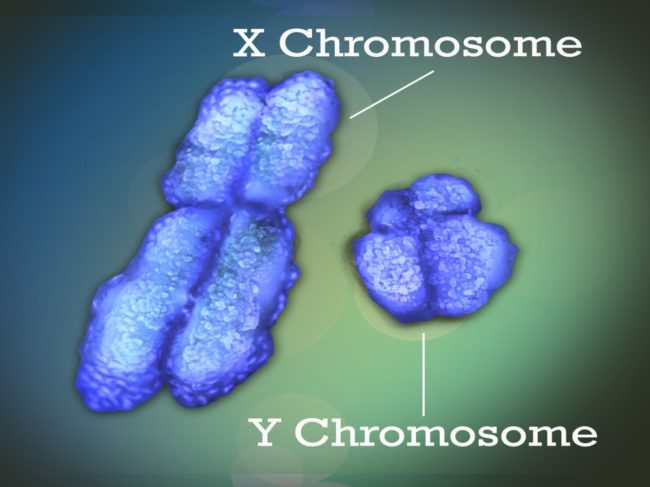
Science, BioWorld MedTech
Healing the health divide
The science of gender-based medicine: many reasons, many manifestations
Read MoreDrug design, drug delivery & technologies
Chemistry Nobel awarded for 3D protein design, prediction work
Read MoreDrug design, drug delivery & technologies








